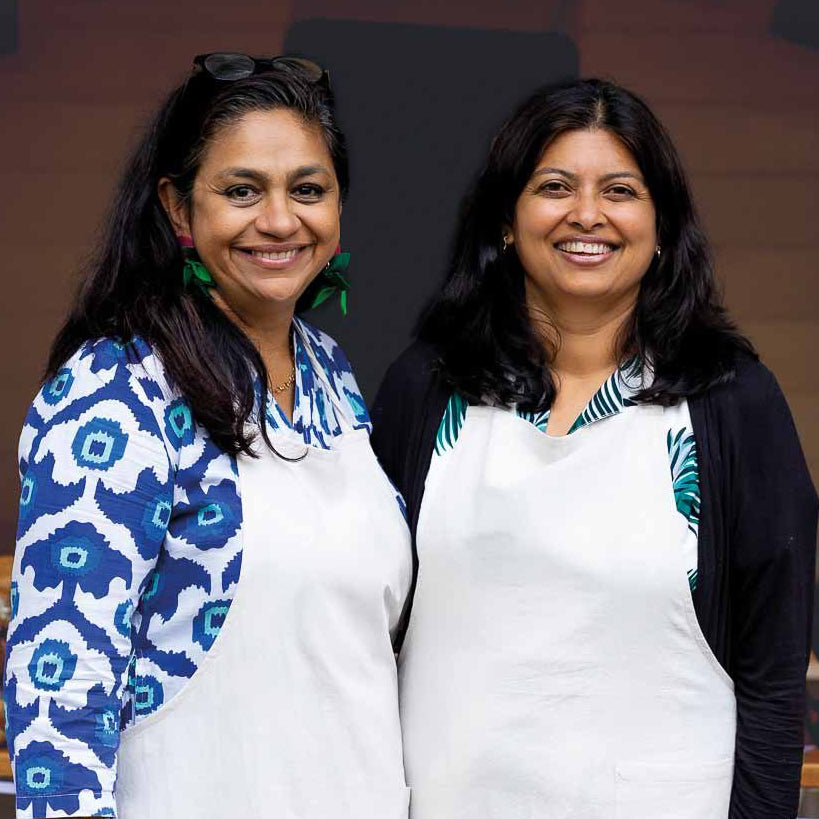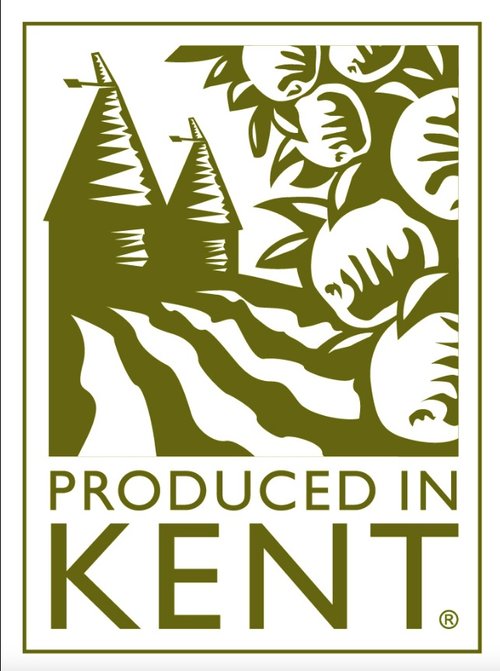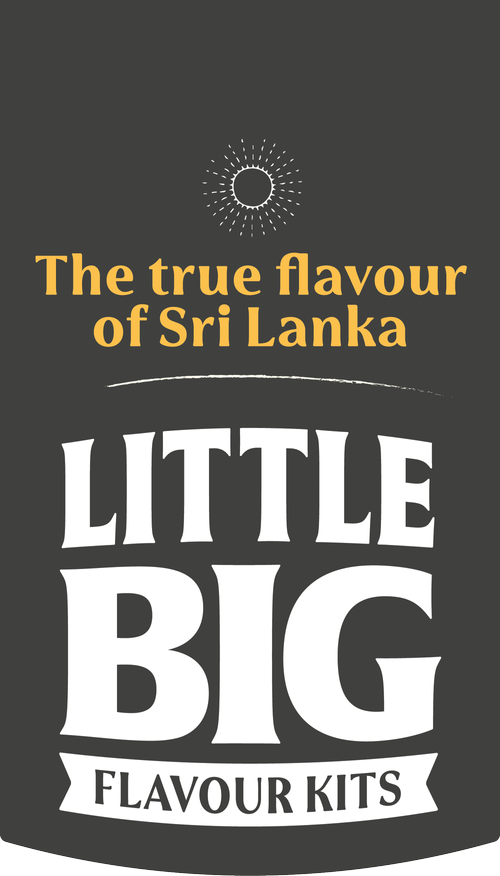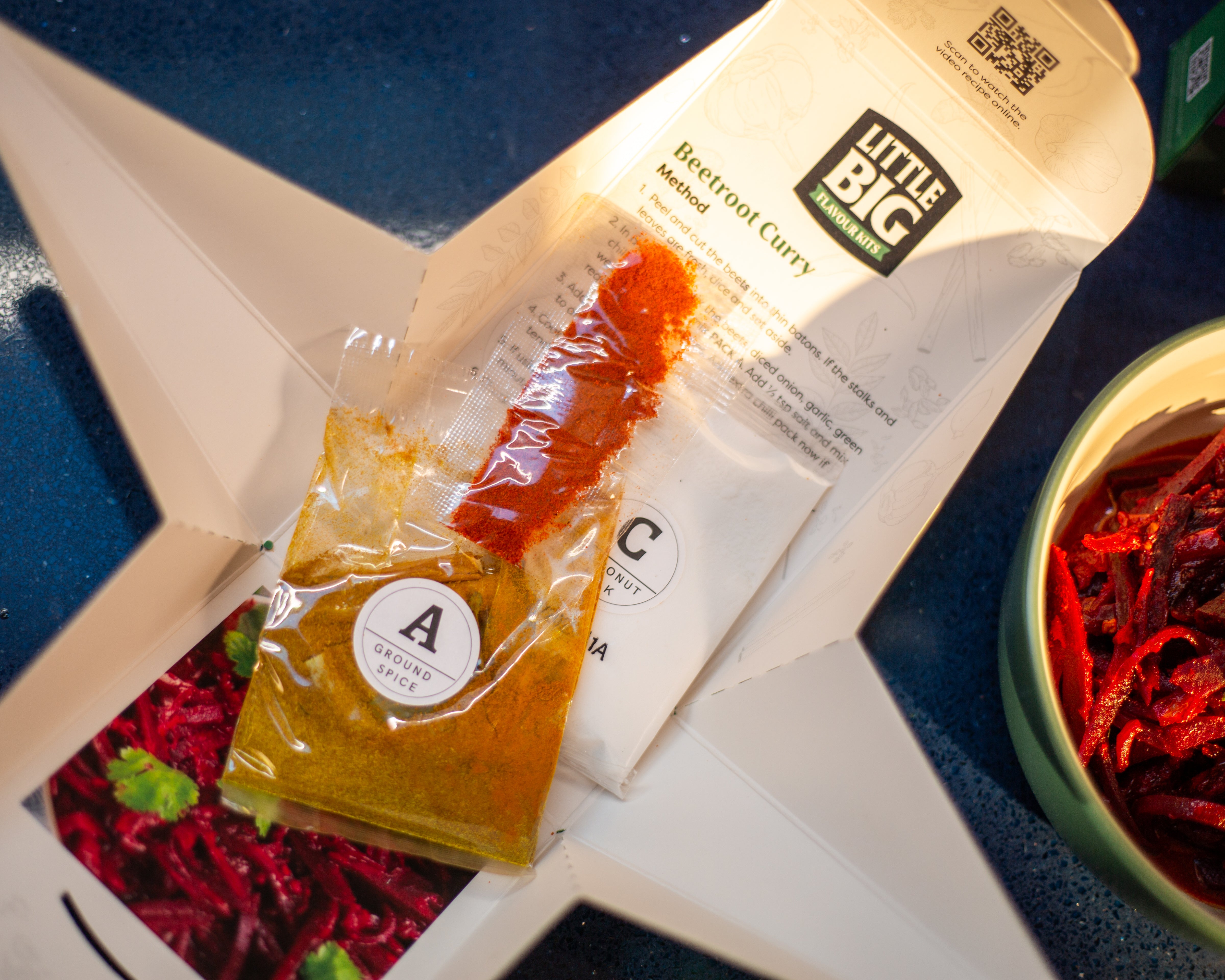When I was growing up in Sri Lanka, masks were everywhere , hanging from walls, parading through festivals, painted in fierce reds and greens with bulging eyes and devilish grins. They weren't ornaments. They had presence.
But in my Christian household? Masks were a big no-no.
"Un-Christian," I was told. "Don't get involved in that devil dancing nonsense."
So naturally… I was obsessed.
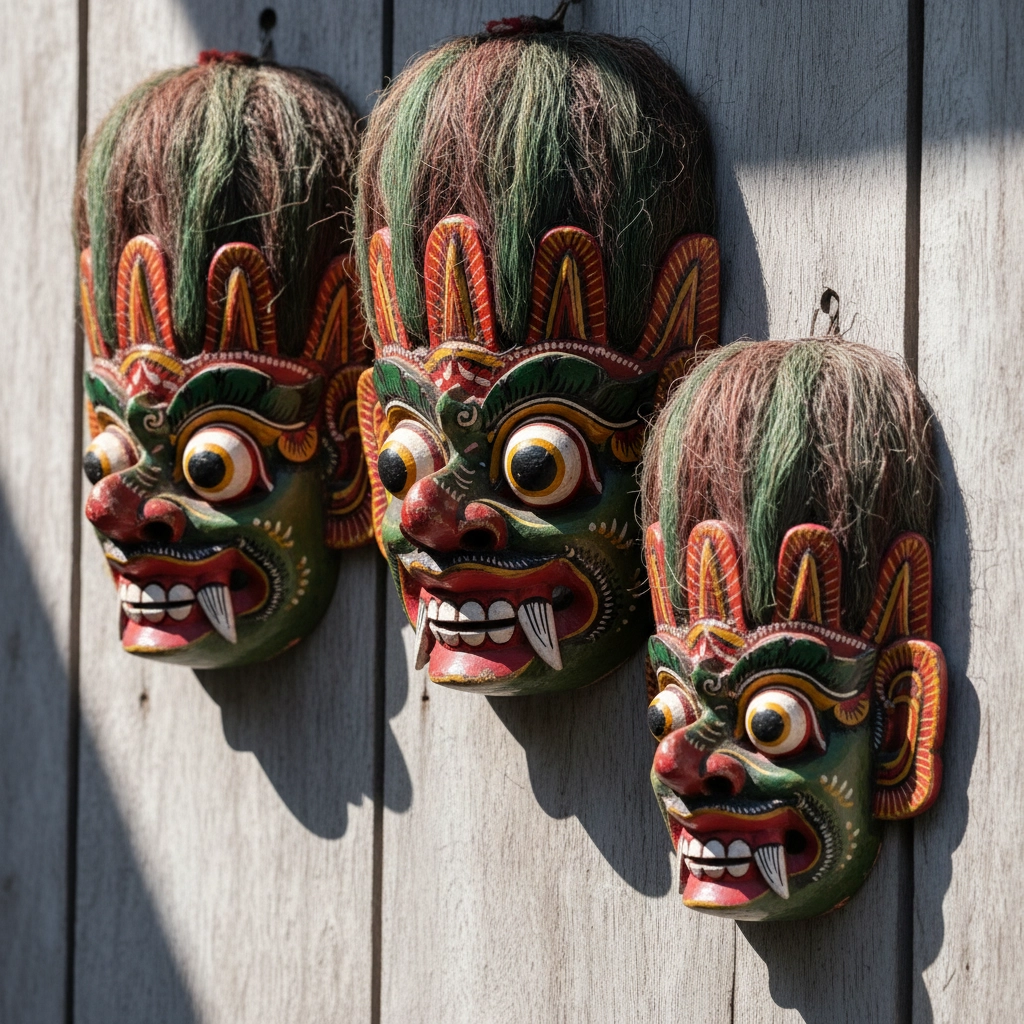
I'd sneak peeks whenever there was a thovil , an exorcism dance , happening nearby. You'd hear the drums first, like thunder rolling in from another world. Then, out of the smoke, came the masked dancers , possessed, whirling, tongues out, eyes blazing.
It was terrifying. It was mesmerising.
It was storytelling in its rawest form.
When Fire Meets Fear
These rituals weren't just about chasing away "evil spirits." They were a kind of community theatre , centuries before Netflix, Sri Lankans were acting out the things they couldn't explain.
Each mask had a meaning: one for fever, one for madness, one for heartbreak.
You didn't just pray your problems away; you danced them out, told their story, gave them shape and colour.
And honestly? That's not so far from British culture if you squint a little.
We've got Punch and Judy , grotesque puppets bashing each other on the beach, making kids giggle and adults wince. We've got Morris dancers jingling through fields wearing bells and flowers, and Guy Fawkes going up in smoke every November.
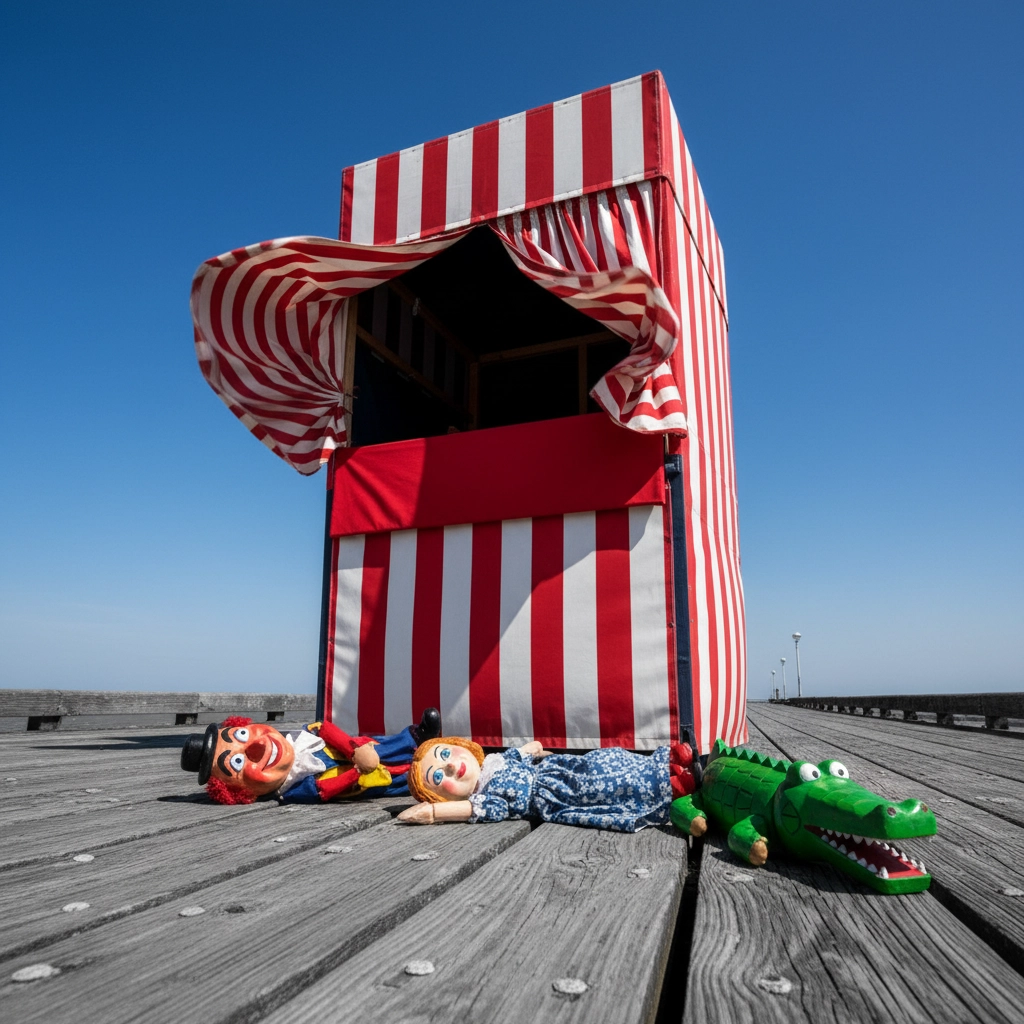
Different stories, same instinct: turn chaos into a show, fear into laughter, and life into something you can make sense of.
Kolam: Sri Lanka's Original Pantomime
Then there was Kolam , the Sri Lankan version of village pantomime. It's a mix of comedy, dance and satire, performed under the moonlight.
Villagers would don masks of kings, queens, fools, and shopkeepers, poking fun at power and gossiping about everyone else.
It was hilarious, but also brave. Behind the mask, you could tell the truth , mock the headman, question authority, or laugh at your own foolishness.
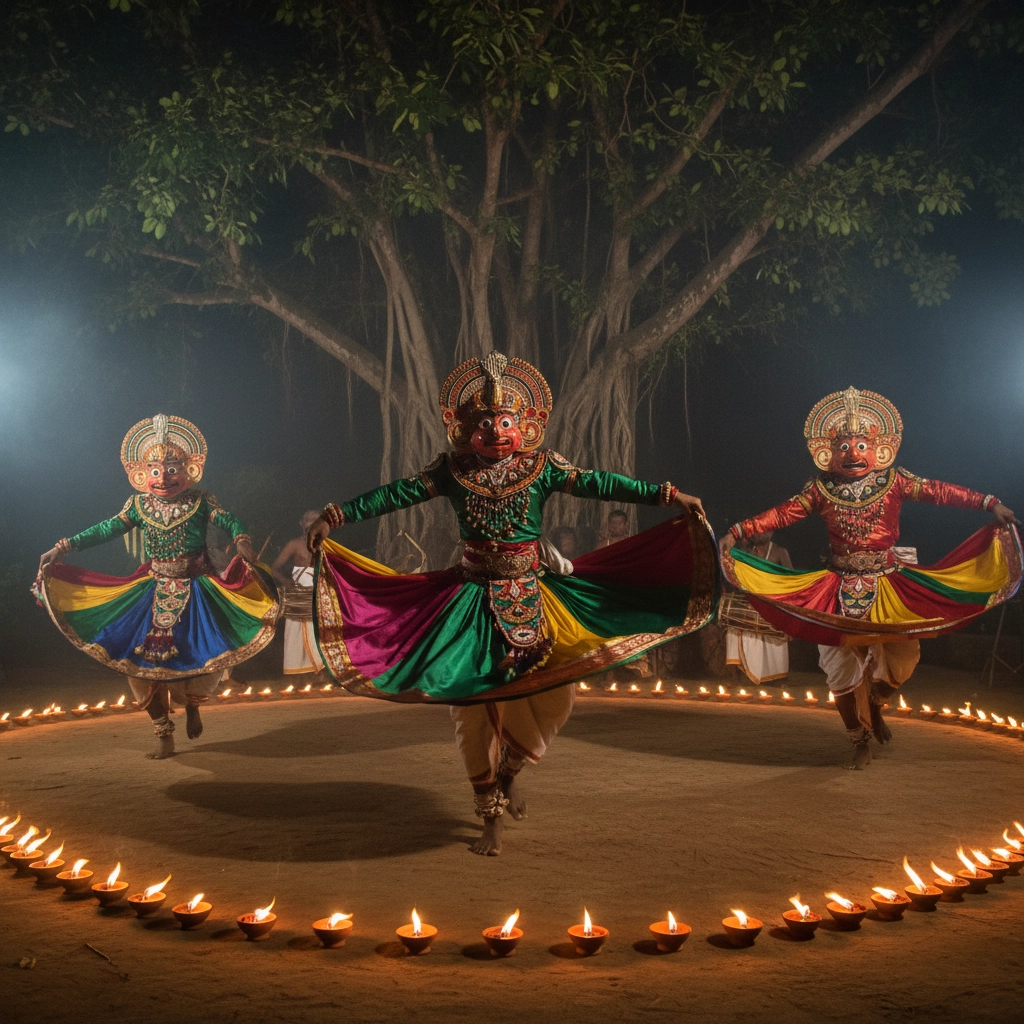
It's not so different from a British panto, is it?
Big costumes, bigger characters, jokes that everyone's in on. "He's behind you!" takes on a whole new meaning when you've seen a Sri Lankan demon dance.
Faith, Folklore and Finding My Own Balance
Growing up Christian meant the mask rituals were off-limits. They were "other." Forbidden. But secretly, I loved how fearless they were , how they turned faith and fear into performance.
When I moved to Britain, I started noticing the same patterns hiding in plain sight. Every culture has its masks. Some are carved from wood, others from tradition, politeness, or just the British need to say "I'm fine" when you're clearly not.
Whether it's a Sri Lankan yakka or a seaside puppet with a stick for a spine, they all do the same thing: help us make sense of the world, laugh at ourselves, and survive the madness.
Unmasking What Matters
Now, when I see a traditional Raksha mask , that wide grin surrounded by cobras , I don't see something demonic. I see art. Story. Healing. Humanity.
It's taken years to realise it, but those masks taught me something that's stayed with me:
Faith and folklore aren't opposites. They're two ways of trying to understand the same mystery , who we are, what scares us, and how we keep going.
So yes, I grew up being told masks were un-Christian.
But growing up Sri Lankan : and later becoming British : taught me that sometimes the only way to tell the truth…
is to wear one.
Flavour as Story
Maybe that's why I'm drawn to food now : because, just like those masks, every dish tells a story.
In Sri Lanka, flavours are our folklore. Each spice blend has a purpose, a memory, a whisper of home.
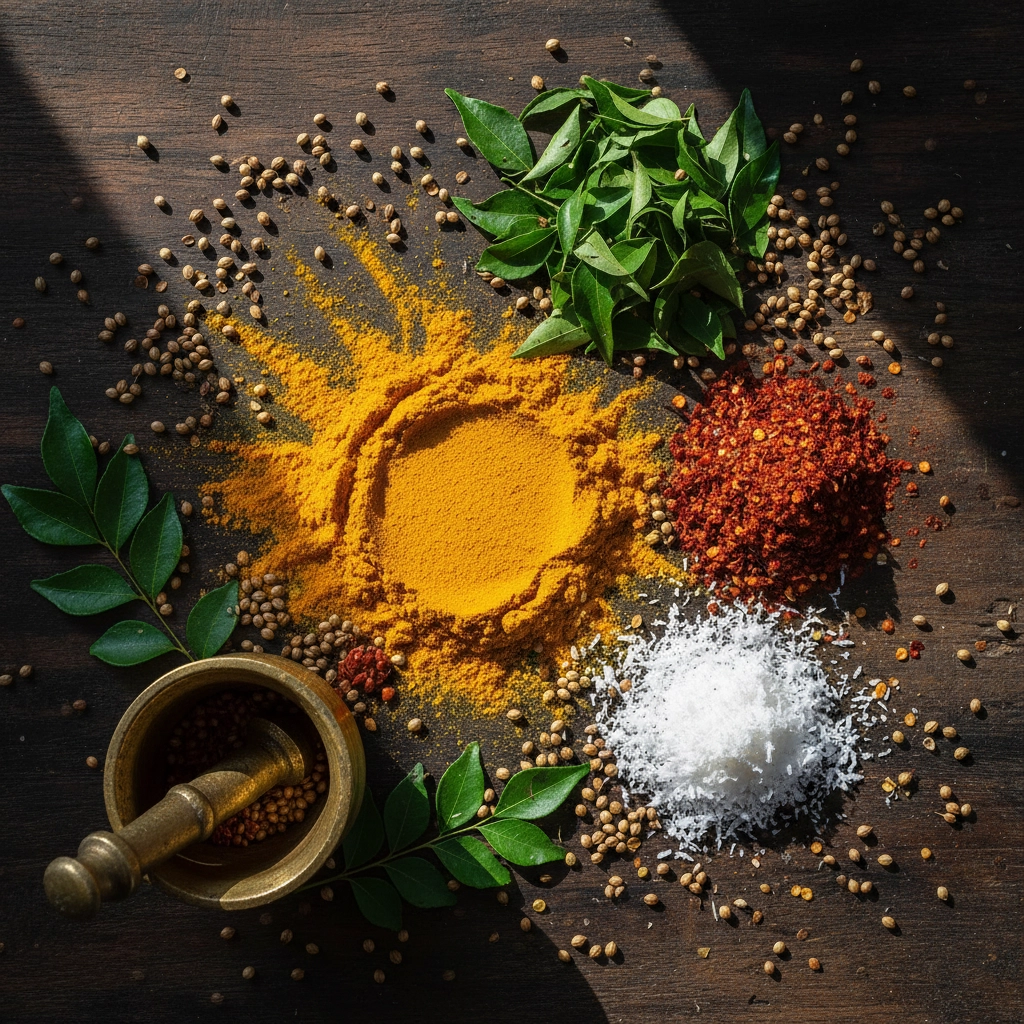
When I mix curry leaves with coconut, I'm not just cooking : I'm performing my own kind of ritual. The sizzle of mustard seeds hitting hot oil is my drumbeat. The steam rising from a Sri Lankan mixed vegetable curry is my incense.
And when someone opens one of our Little Big Flavour Kits, I think of those masked dancers and storytellers, turning chaos into beauty, fear into celebration. Each packet of spices carries the same spirit : transforming the ordinary into something magical, something that connects us to stories bigger than ourselves.
Our chicken curry kit doesn't just contain coriander and cumin. It holds the memory of my grandmother's kitchen, the sound of mortars grinding spices at dawn, the laughter that filled our house when the whole family gathered around steaming plates of rice and curry.
Different stage, same magic.
We all have our rituals : and mine just happen to come with curry leaves and coconut.
Whether you're making a spiced pineapple curry that brings sweetness to the everyday, or trying our pepper beef curry that carries the fire of generations, you're participating in your own kind of storytelling. You're putting on the mask of the cook, the nurturer, the keeper of traditions.
And just like those Sri Lankan dancers who transformed fear into art, every time we cook, we're transforming simple ingredients into something that feeds not just the body, but the soul. We're creating our own folklore, one meal at a time.
So next time you're stirring a pot of curry, remember : you're not just following a recipe. You're part of an ancient tradition of storytellers, masked and unmasked, dancing between the sacred and the everyday, turning life into something beautiful enough to share.

